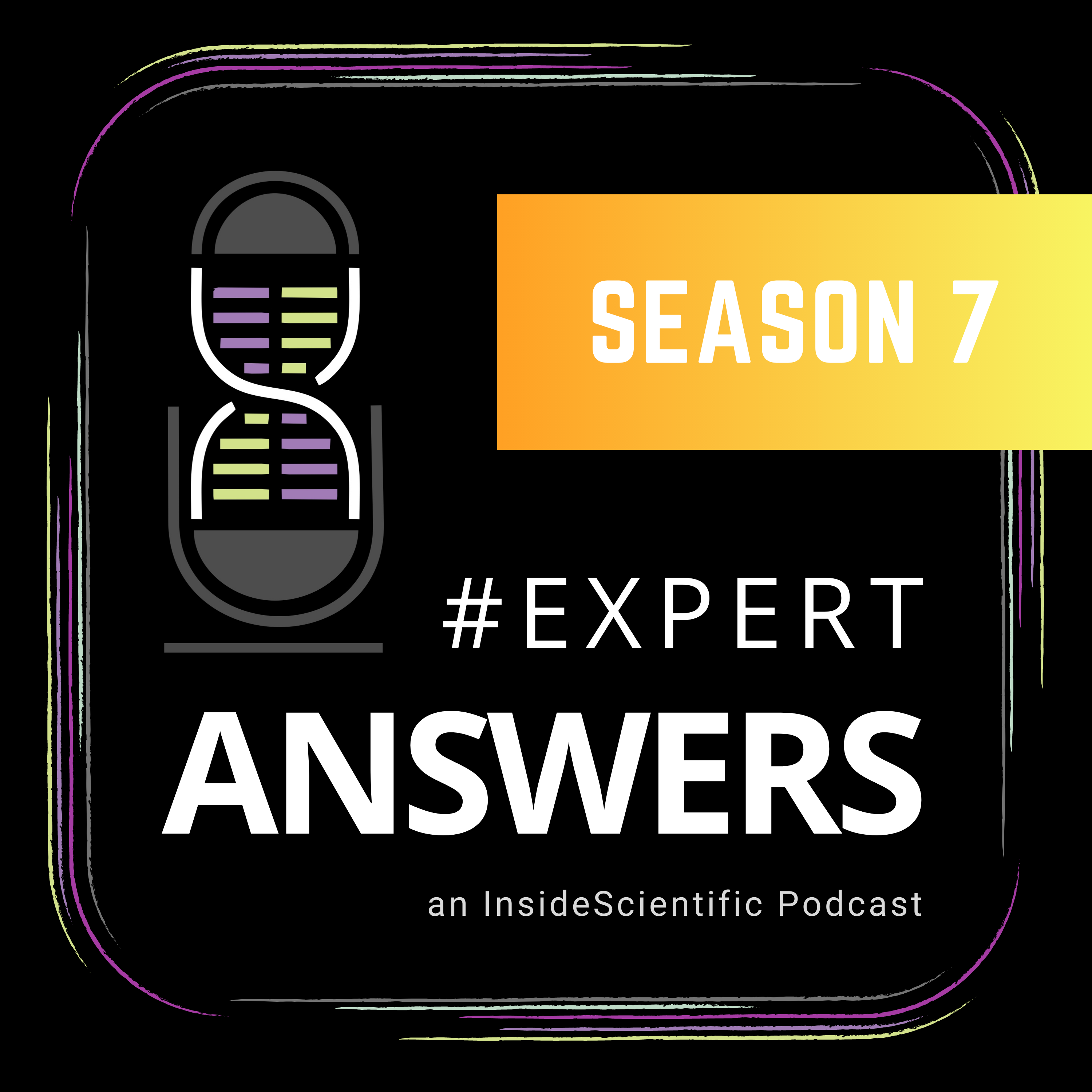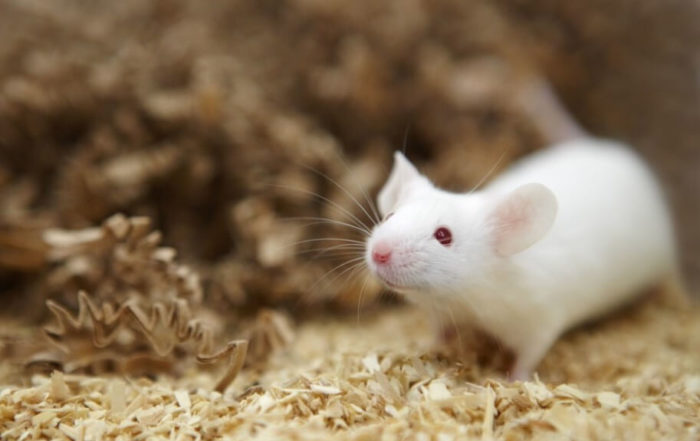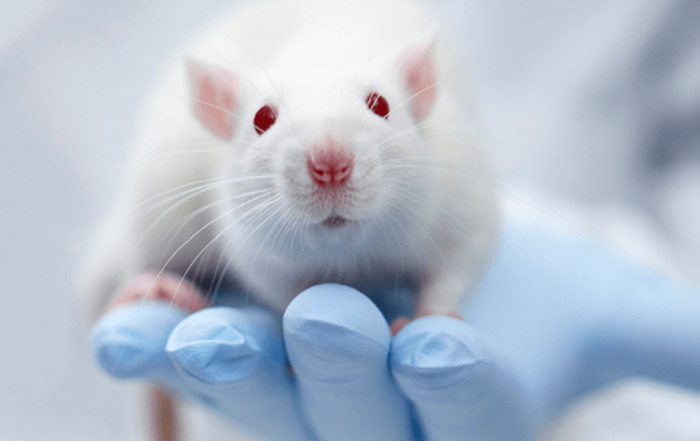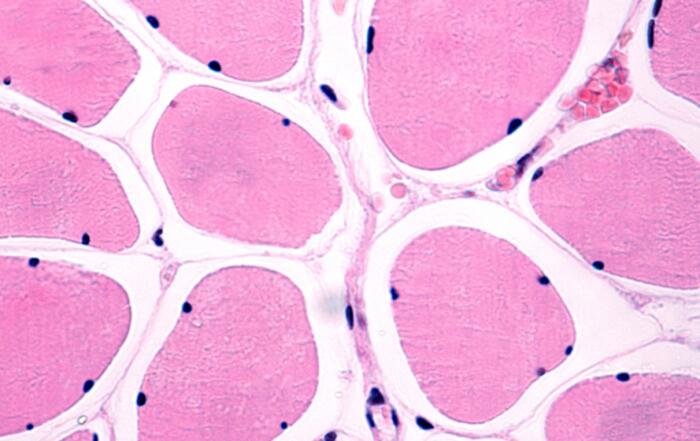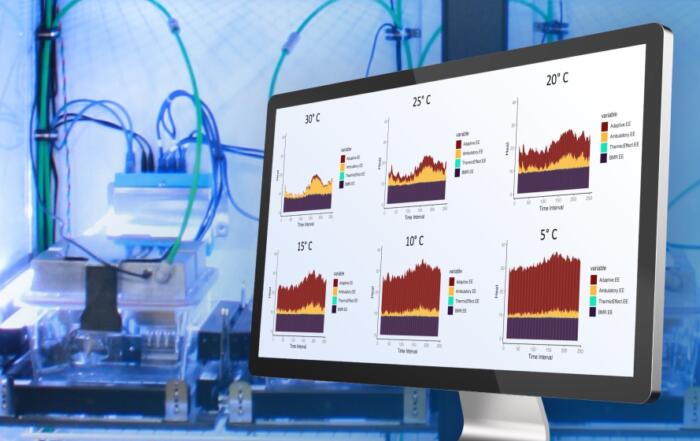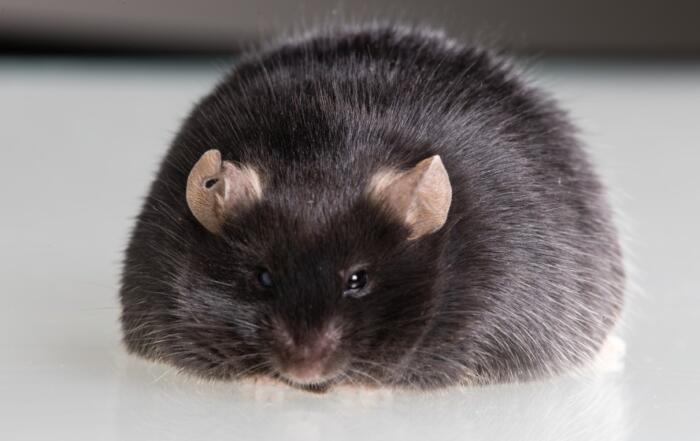Zhen Yan and Diego Bohórquez present case studies demonstrating the use of automated home cage phenotyping for preclinical obesity research.
Join Dr. Zhen Yan (University of Virginia) and Dr. Diego Bohorquez (Duke University) as they discuss applications of automated home cage phenotyping for preclinical obesity research. In this webinar, Dr. Yan will discuss the mechanisms underlying adaptation to resistance exercise and Dr. Bohorquez will describe the role of neuropods and how nutrient sensing in the gut affects behavior.
A Novel Voluntary Weightlifting Model in Mice for Resistance Exercise Research
Zhen Yan, PhD
Our understanding of the molecular mechanisms underlying adaptations to resistance exercise remains elusive, despite their significant biological and clinical relevance. To better understand these molecular mechanisms, Dr. Zhen Yan developed a novel voluntary mouse weightlifting model, which elicits squat-like activities against adjustable load during feeding. In this webinar, Dr. Yan will discuss acute and long-term effects of resistance exercise in the mouse model. He will address a range of adaptations, including enhanced muscle mass, muscle power, protein synthesis, autophagy, whole-body glucose clearance and insulin sensitivity.
A Gut Choice
Diego Bohórquez, PhD
Our motivation to eat sugars is thought to arise at the gut but how this happens is unknown. We discovered a neural connection between the surface of the intestines and the brain. This connection begins with a type of sensory cell that connects with the vagus nerve. We called them neuropod cells. Using a special type of rabies virus, we tracked this connection from the intestine to areas of the brain that control the pleasure of food. Animals, including humans, have an innate preference for table sugars over non-caloric sweeteners. This preference exists even if taste is bypassed, and sugars are directly placed in the intestine. We wondered if neuropods are the main sensor of the body for the animal to distinguish calories in sugars. Using a genetic trick called optogenetics, we paralyzed neuropods in the gut and found that animals (e.g. mice) lose the ability to distinguish sugars from artificial sweeteners. This gut sensor for calories is the portal for nutrients to drive our desire to eat and a new avenue to treat obesity and behavioral disorders linked to food.
Key Topics Include:
- Understand the general differences between endurance and resistance exercise
- Appreciate the lack of a physiological animal model of resistance exercise for large scale studies
- Understand the general principle of the novel weightlifting model
- Appreciate the evidence of acute responses to weightlifting activities and long-term adaptations to training
- How the gut discerns the nutritive value of sugars
- How the gut senses nutrients
- How this gut sense drives appetitive behaviors
Click to watch the webinar recording. To view the presentation full screen simply click the square icon located in the bottom-right corner of the video viewer.
Resources
To retrieve a PDF copy of the presentation, click on the link below the slide player. From this page, click on the “Download” link to retrieve the file.
Presenters
Professor of Medicine
University of Virginia
Assistant Professor of Medicine
School of Medicine
Duke University
